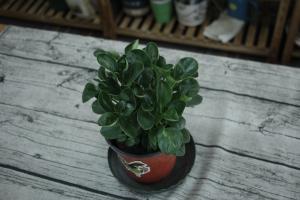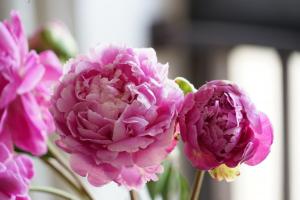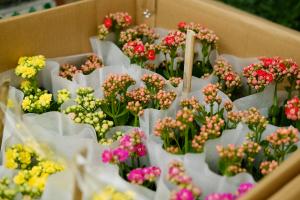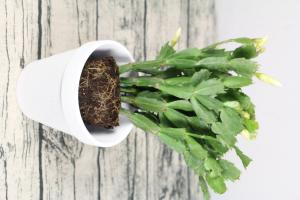Why Native Plants Save Water
Water is a precious resource that sustains all forms of life. With the increasing demand for water supply in urban areas, it is imperative that we adopt water-saving practices. One of the simplest and most effective ways to save water is by using native plants in landscaping. In this article, we will discuss why native plants save water.
Less Water Needed for Maintenance
Native plants are well adapted to the local climate and soil conditions. They typically require less water than non-native plants once they are established. This means that once they are growing and flourishing, they are less likely to wilt or require heavy watering in order to thrive. This also makes them more resilient to drought, which is particularly important in areas where water is scarce.
Deep Root Systems
Native plants have deep root systems that are able to reach down into the soil and tap into underground sources of water. This allows them to survive long periods of dry weather without requiring extra watering. In contrast, non-native plants with shallow roots may require frequent watering, as they are not able to access the deeper water sources.
Natural Pest Resistance
Native plants are often more resistant to pests and diseases than non-native plants. This means that they require less pesticide use, which can save water. When pesticides are applied, they may cause pollution in water bodies, which can impact water quality and may require additional resources to treat.
No Need for Fertilizers
Native plants do not require fertilizers in order to grow, as they are adapted to local soil conditions. This means that less water is required for the application of fertilizers, and less water is required to flush out the excess nutrients that may end up in water bodies. This also reduces the risk of over-fertilization, which can lead to pollution.
Biodiversity Benefits
Using a variety of native plants in landscaping can promote biodiversity, as it provides habitat and food for local wildlife. This can include insects, birds, and other animals, which can help to pollinate plants and control pests. Promoting biodiversity in the local ecosystem is important for maintaining healthy water cycles, as it supports the natural processes that help to filter pollutants and maintain water quality.
Conclusion
The use of native plants in landscaping is a simple and effective way to save water. Their deep root systems, natural pest resistance, and lack of need for fertilizers help to reduce water use, while promoting biodiversity in the local ecosystem. By incorporating native plants into our landscaping practices, we can help to create a more sustainable future for ourselves and for the planet.

 how many times do yo...
how many times do yo... how many planted tre...
how many planted tre... how many pine trees ...
how many pine trees ... how many pecan trees...
how many pecan trees... how many plants comp...
how many plants comp... how many plants can ...
how many plants can ... how many plants and ...
how many plants and ... how many pepper plan...
how many pepper plan...































